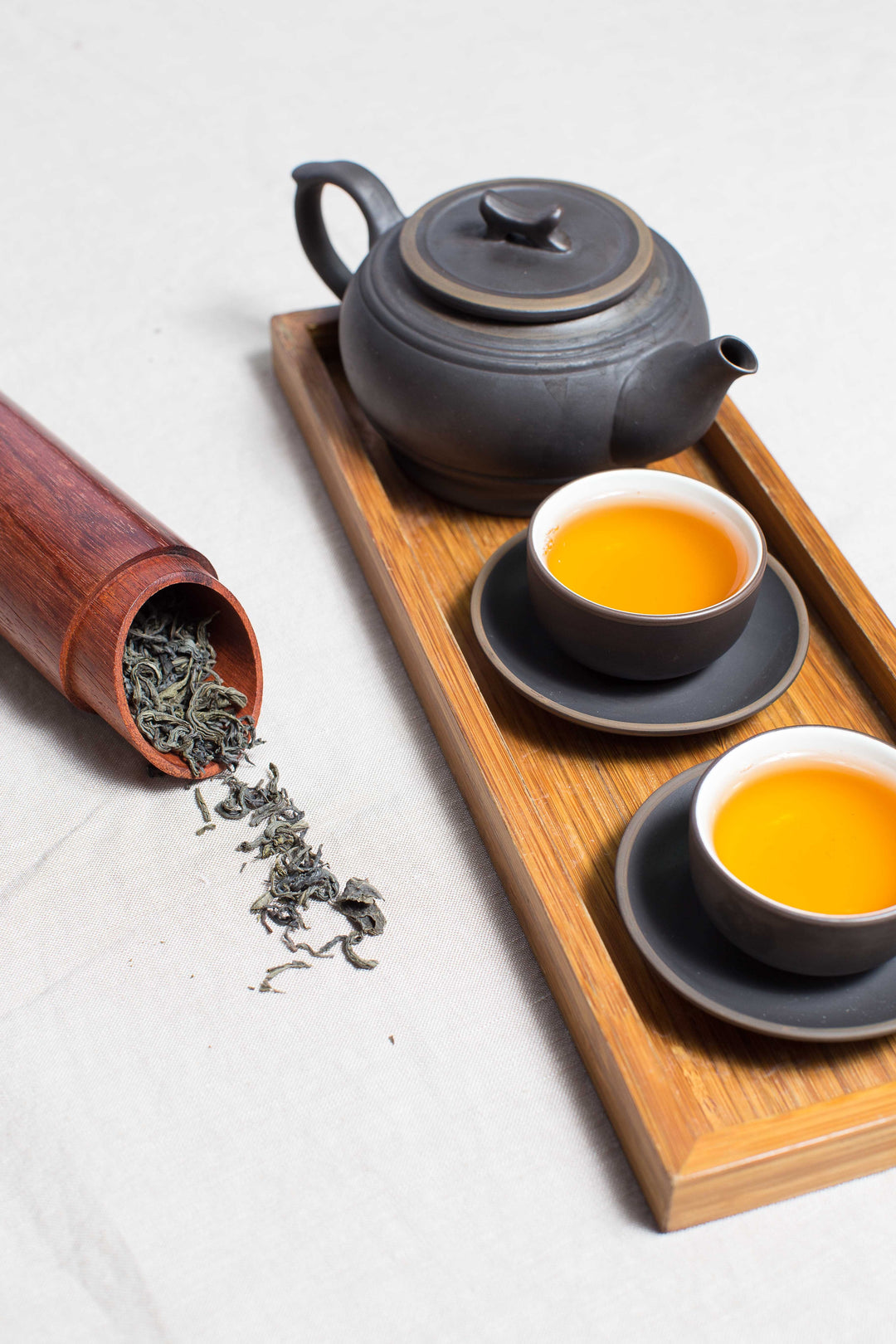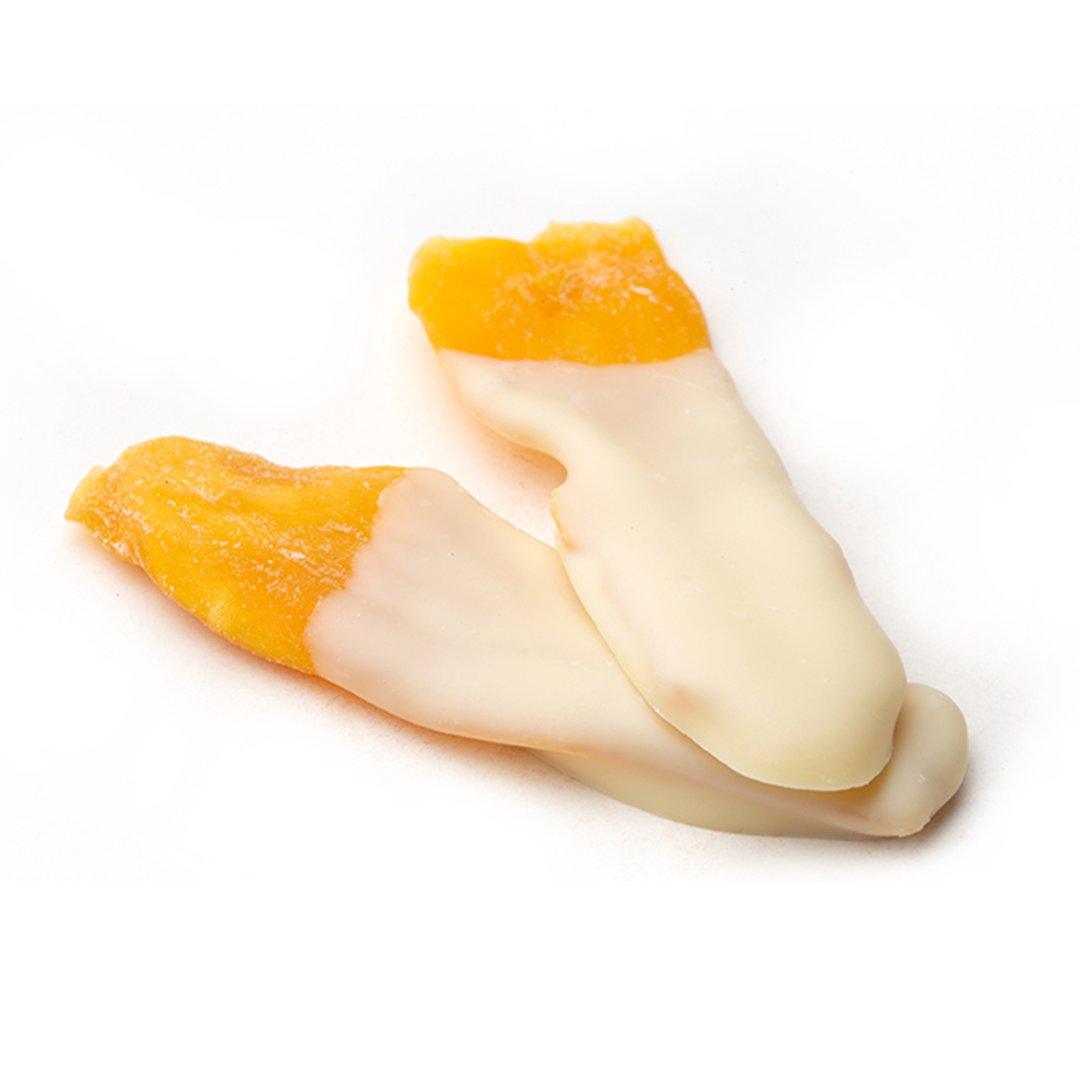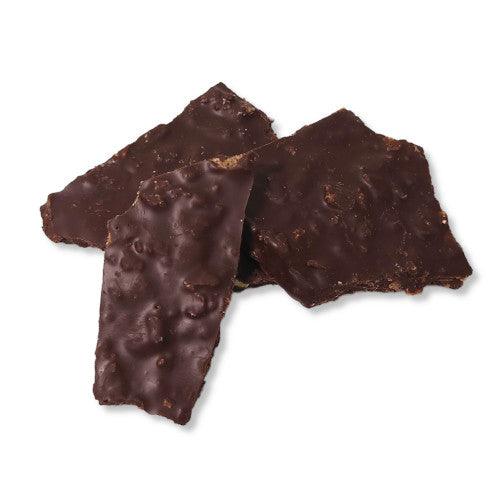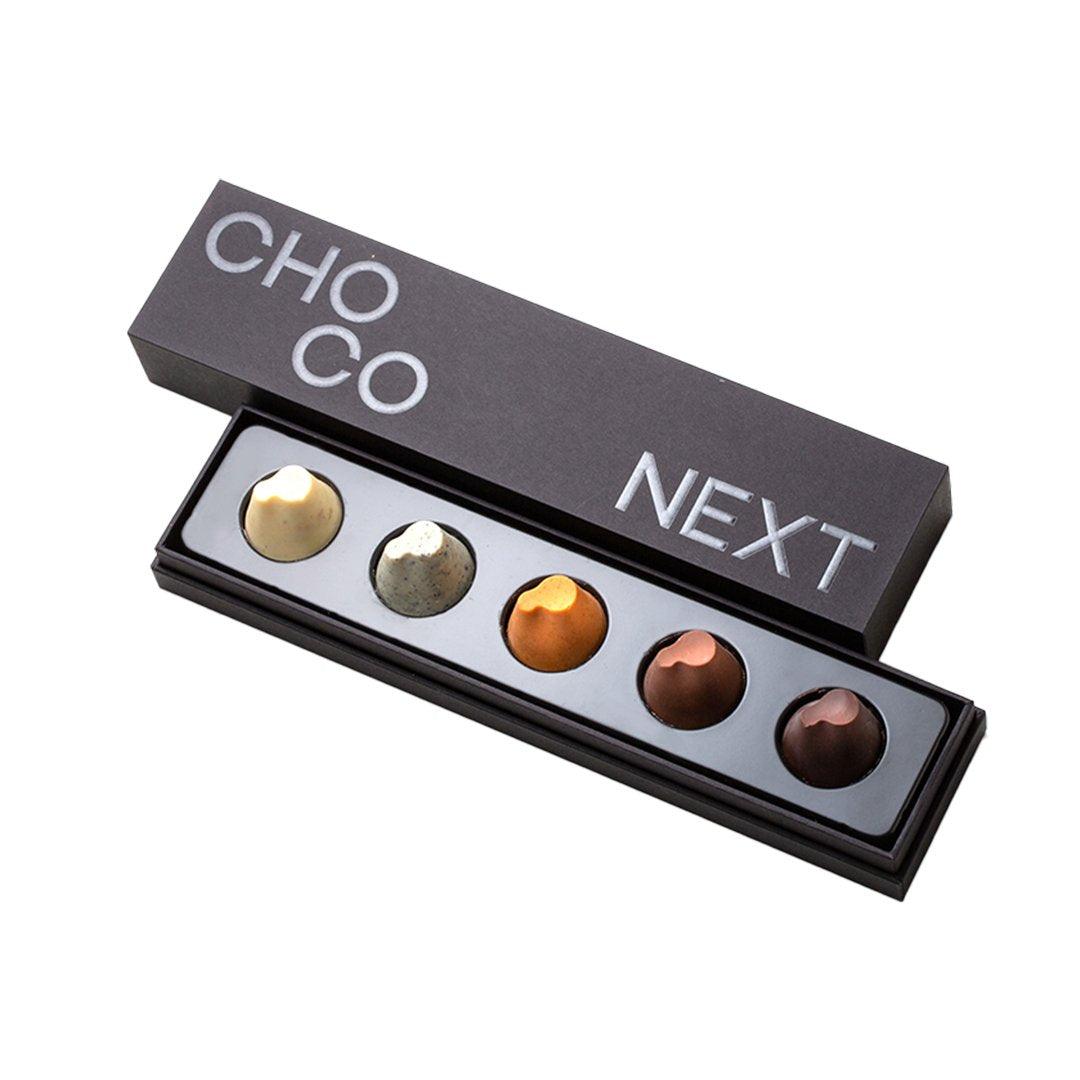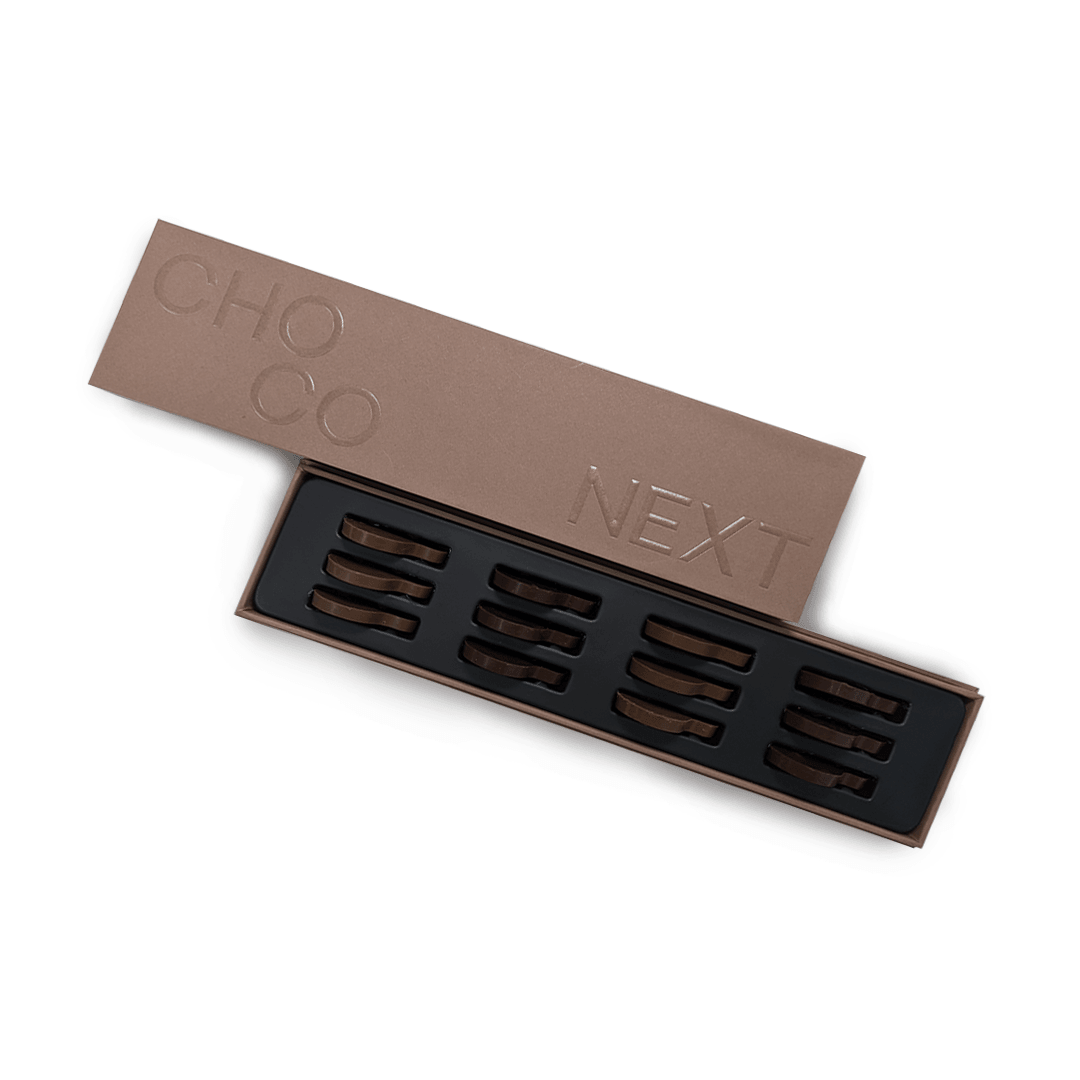Top Chocolate x Secret Tea Powder
Enjoy a luxurious and unique tea chocolate. The mellow chocolate and mild tea are made by experienced chocolate chefs to create a unique harmony of taste.
The tea powder we use is carefully selected from the tea garden, and every sip will bring you a warm aroma. The smooth, silky texture of premium chocolate perfectly complements the aroma of the tea, balancing its natural sweetness with a bit of bitterness.
Chinese Tea Chocolate
Tieguanyin|Big Red Robe
Tieguanyin has a strong and mellow taste, smooth orchid fragrance in the mouth, slightly astringent and sweet, with a pure and weak fruit sour taste
Big Red Robe has a mellow and sweet aftertaste, smooth and refreshing, orange-yellow in color, and has a special rock rhyme.
Western Tea Chocolate
Black Tea|Earl Gray Tea
The taste of black tea is not salty or spicy, but the bitterness is mixed with a little sweetness, umami and bitterness, which is what makes the taste of black tea. Black Tea Chocolate is a unique combination that combines the warmth and aroma of black tea with the sweetness of chocolate.
Earl Gray tea has a strong aroma, from which you can smell the aroma of orange peel, and the concentration of the aroma has multiple levels of depth. Everyone deserves to enjoy life's good moments, and by blending premium chocolate with secret tea powder, we've created an unforgettable taste and aroma.
Japanese Tea Chocolate
Hojicha|Matcha
Hojicha leaves are roasted at high temperature, and the tannin and caffeine in the tea leaves will be lost naturally, so it looks golden in color, and the taste becomes very mild and refreshing. There is almost no bitterness and astringency in drinking, only a strong charcoal roasted aroma.
And matcha is rich in antioxidants. It tastes like green tea with a little seaweed flavor but not bitter. It is a layered taste with a calm tea fragrance.
History of the origin of tea
The origin of tea is unknown. According to Lu Yu's "The Classic of Tea", "tea as a drink originated from Shennong." The saying that Chinese tea drinking originated from Shennong has also derived different views due to folklore. "Shen Nong Baicao Jing" has the saying that "Shen Nong tasted a hundred herbs, encountered seventy-two poisons every day, and solved them in full swing." This should be the beginning of the medicinal use of tea.
It is also said that Shennong was resting by boiling water under a tree. A breeze blew through the treetops, and a few emerald green tea leaves fell into the boiling water with the wind. After drinking, Shennong found that the tea became fragrant and sweet, and he felt refreshed after drinking. Refreshing and energetic. From then on, tea was often drunk by Chinese people.
Although ancient Chinese myths and legends cannot verify the exact origin of tea in China, scholars generally believe that tea was very popular in China as early as the third century BC.
However, in Chinese historical materials, there is no record about tea until the third century BC. At that time, there was no word for "tea", but it was recorded with "tea". However, people seem to regard tea as a herbal medicine or nourishment.
Later, people began to plant tea trees, and gradually developed methods of drying and processing tea leaves. Later, tea was presented as a tribute to the emperor, and inns, hotels, and restaurants began to serve and sell tea.
In the 4th and 5th centuries AD, tea also began to be used as a commodity for barter transactions with China's neighboring countries.
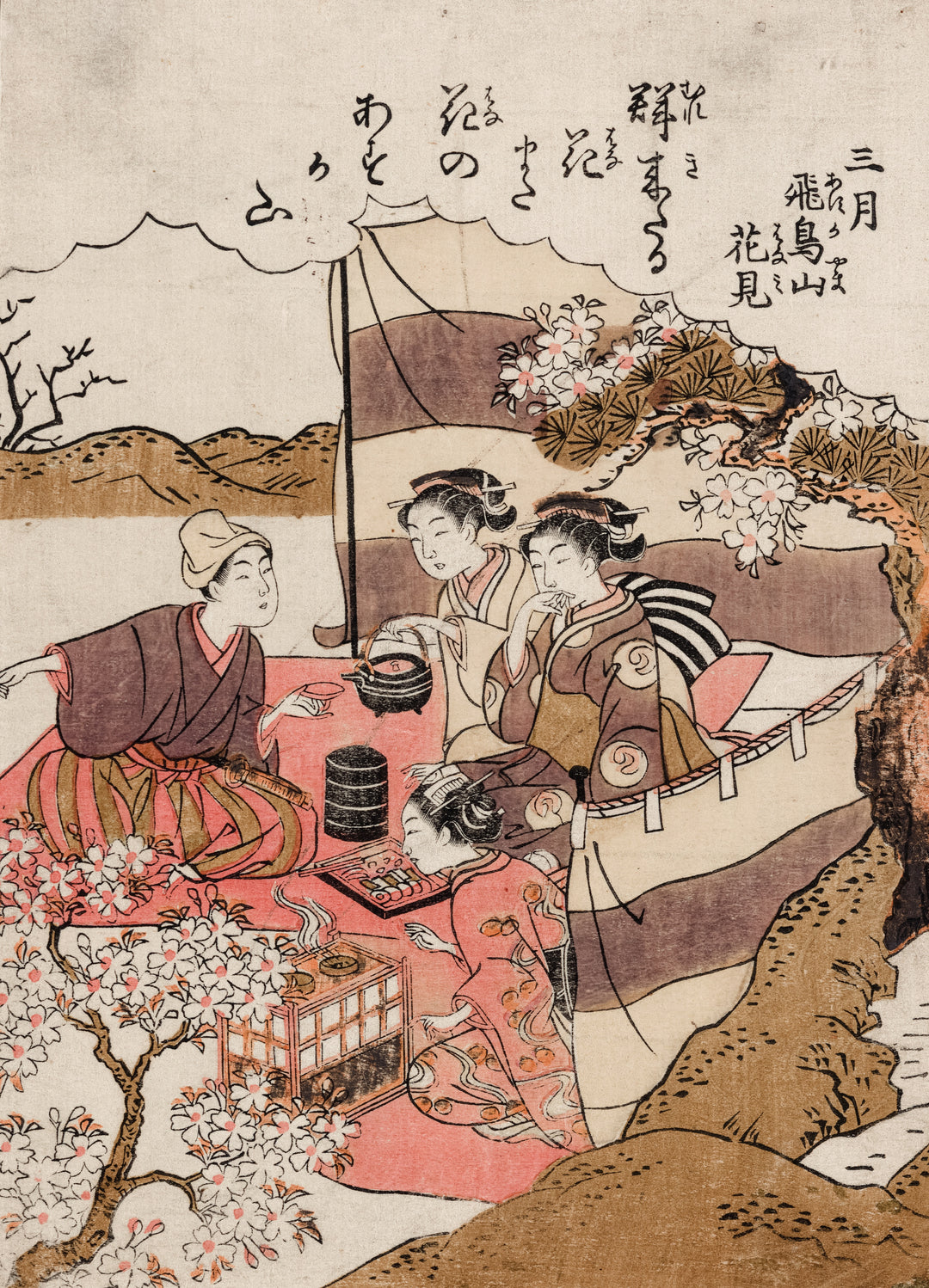
The cultural background of tea
With the popularity of tea, it also became a cultural symbol, especially in the Chinese court, it became an important social activity. In the court, tea parties were held on specific occasions to show respect and respect for distinguished guests. Over time, the tea ceremony gradually became a cultural custom and occupies an important place in Chinese culture.
During the Song Dynasty, tea was further developed into an art form, and many literati and poets liked to drink tea and sing poems. During this period, tea leaves were further processed into many different varieties such as green tea, black tea, turtle tea and dark tea. In addition, tea scholars and tea Taoists in the Song Dynasty conducted detailed research on the quality, color, aroma and taste of tea, and developed many different tea ceremonies in honor of this important beverage.
Tea culture is not limited to tea parties, but also includes many other activities, such as tea ceremony and tea art. The tea ceremony is a performing art that respects tea and involves careful preparation and brewing, as well as following specific etiquette and procedures. Tea art is about displaying the beauty of tea artistically, such as adorning flowers in teapots and cups, or expressing art through the shape and color of tea leaves.
